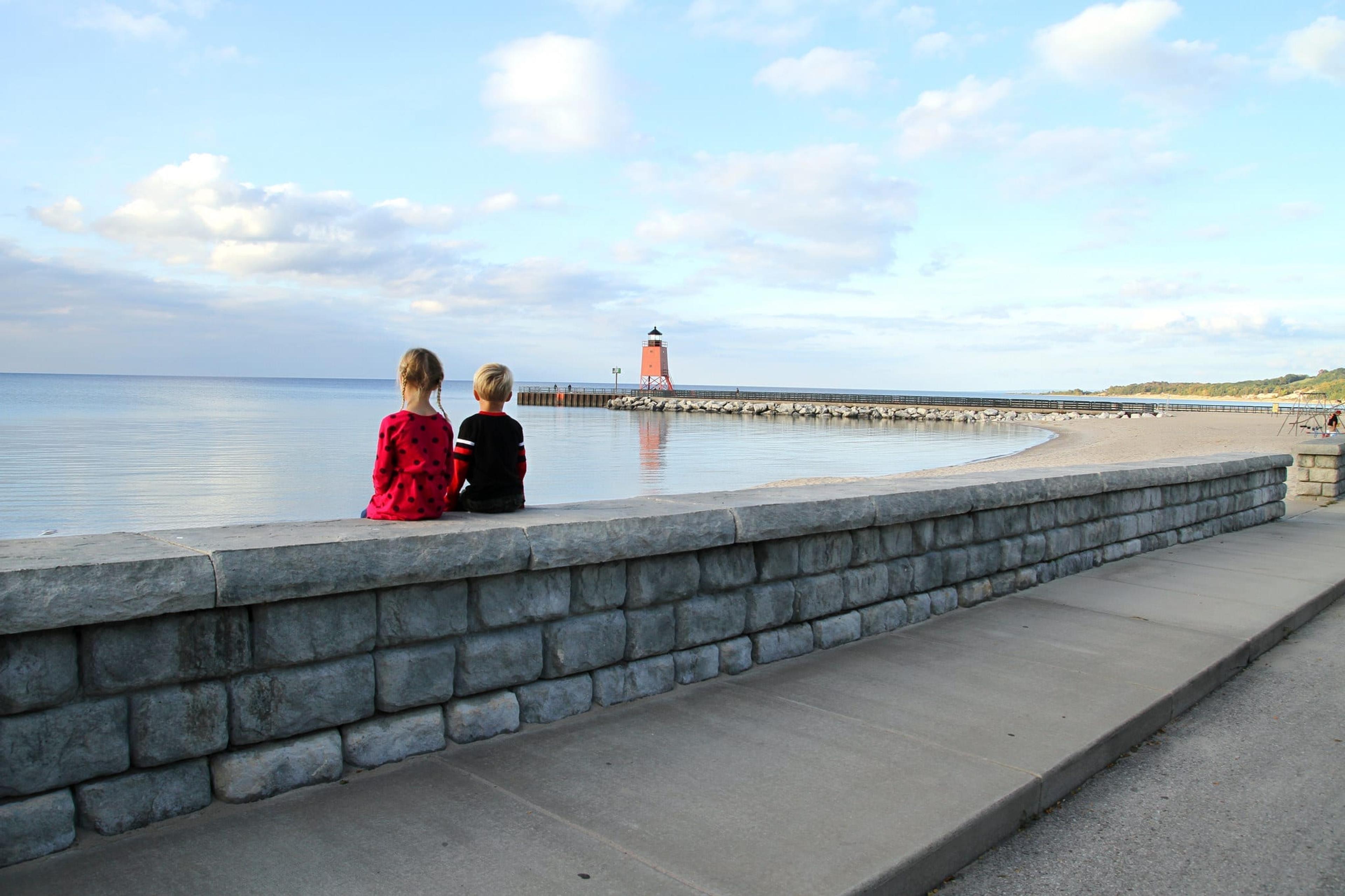Taking Action: Coalition Working to Stop Spread of Opioid Use Disorder in Northwest Michigan
Julie Bitely
| 4 min read

The many lakes, golf resorts and ski hills in Michigan’s rural “ring finger” region – think northwestern Lower Peninsula – make it an attractive and idyllic place to visit year-round. But like much of the country and state, the beauty of the area hasn’t protected residents from the scourge and ill health effects of a raging opioid epidemic. “As we know nationally and statewide, this is also an emerging trend in our community,” said Nichole Flickema, community health coordinator, Health Department of Northwest Michigan. In the Northern Michigan Substance Abuse Services/Northern Michigan Regional Entity area, treatment admissions related to prescription opiates or heroin increased from about 22 percent in 2009 to 34 percent in 2016. Additionally, the NMRE regional opiate or heroin death rate per 100,000 people increased from 3.6 in 2013 to 5.5 in 2014. A multi-disciplinary coalition is working to prevent opioid use disorder and related overdoses in Antrim, Charlevoix and Emmet counties. A $65,000 grant from Blue Cross Blue Shield of Michigan, the Blue Cross Blue Shield of Michigan Foundation, the Michigan Health Endowment Fund, the Community Foundation for Southeast Michigan and the Superior Health Foundation as part of the Taking Action on Opioid and Prescription Drug Abuse in Michigan by Supporting Community Responses initiative, is helping to further their efforts, many of which focus on youth in the region. Data from the 2016 Michigan Profile for Healthy Youth shows that 7.6 percent of 11th-grade students in the three counties reported taking a prescription drug not prescribed to them during the past 30 days, while one in six students perceived the use of prescription drugs not prescribed to them as not having a moderate or great risk. “We know that the place where teens get medications is from the medicine cabinet,” Flickema said, highlighting the need for enhanced education not only for young people, but also adults, who might not realize their legitimate medications could be getting in the wrong hands. The grant funding will allow SAFE in Northern Michigan, in partnership with the Prescription and Over-the-Counter Drug Drop-Off Workgroup, to build on prevention efforts in the region based on the seven strategies for community change framework (SSCCF) recommended by the Community Anti-Drug Coalitions of America (CADCA). Working with schools, health care providers, law enforcement, local businesses, media and community members, the group plans to execute on the seven steps by:
- Providing information by educating parents of middle and high school students about the dangers of prescription drugs.
- Enhancing skills by providing prescription drug education to all 9th-grade students as well as middle and high school athletes, training school staff on administration of the overdose-reversal drug naloxone, and hosting an opioid prescribing seminar for health care providers.
- Providing support by distributing prescription drug abuse information through locally-owned pharmacies and coordination and funding for additional prescription drug drop-off locations.
- Enhancing access and reducing barriers by hosting drug drop-off events and encourage pharmacies to participate in the MedSafe program, a disposal program for pharmacies.
- Providing incentives by recognizing organizations such as schools and pharmacies that carry naloxone.
- Focusing on physical design by maintaining and expanding prescription drug drop-off locations and providing lockboxes to community members to allow for safe storage of prescription drugs in the home.
- Changing policy by collaborating with school districts to ensure the availability of naloxone and adoption of relevant policy language at local middle and high schools.
Randy Koch is the behavioral health manager at the Little Traverse Bay Band of Odawa Indians and a coalition member. He sees the aftermath when prevention isn’t successful and lives are torn apart by addiction. In a previous role at a treatment center, Koch saw patients being treated for opioid use disorder swing from about 25 percent of the caseload to nearly 50 percent over the past decade. Unlike an addiction to alcohol, the effects of opioids take root faster. Opioids have the ability to alter the brain’s chemistry and over time, can cause the body to stop making natural pain-fighting endorphins on its own. This might cause the patient to believe the medications aren’t working effectively, resulting in a search for higher dosages, which could eventually turn into substance use disorder. That means preventing people from going down a path toward opioid use disorder to begin with is critically important. “I think prevention is huge. It’s key,” Koch said. By focusing on stopping the problem before it begins, there’s hope that more lives won’t be upended by opioids and their ill effects. This post is part of our Taking Action series, in which we’ll focus on Blue Cross-supported efforts across Michigan to address the opioid epidemic. Check back to find out how other communities are fighting the problem of opioid use disorder and overdose, or visit Blue Cross’ opioids 101 online resource page at www.mibluesperspectives.com/opioids101. Read more about what Blue Cross is doing to stop the opioid epidemic:
Photo credit: Redi-Rock International





